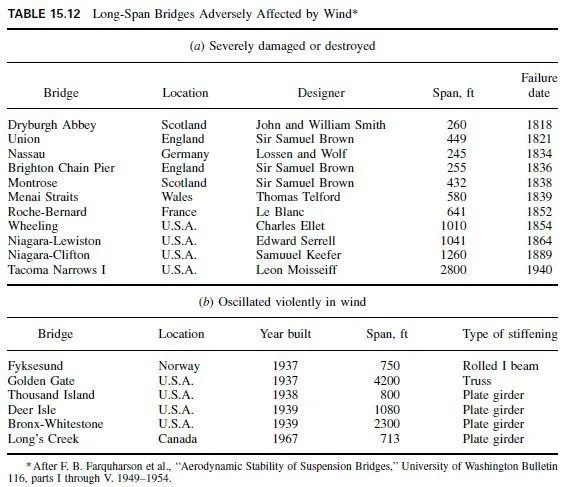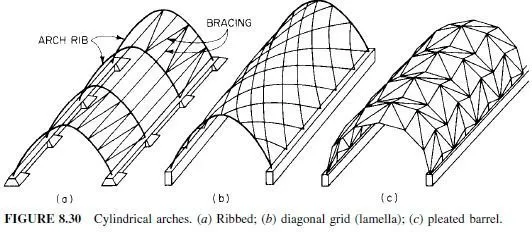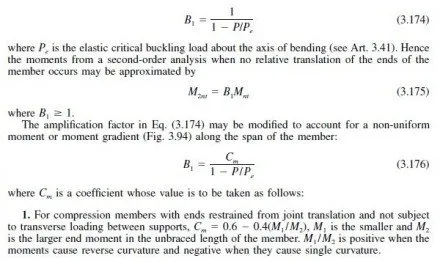Structural tubing is being used more frequently in modern construction (Art. 6.30). It is often preferred to other steel members when resistance to torsion is required and when a smooth, closed section is aesthetically desirable. In addition, structural tubing often may be the economical choice for compression members subjected to moderate to light loads. Square and rectangular tubing is manufactured either by cold or hot forming welded or seamless round tubing in a continuous process. A500 cold-formed carbon-steel tubing (Table 1.7) is produced in four strength grades in each of two product forms, shaped (square or rectangular) or round. A minimum yield point of up to 50 ksi is available for shaped tubes and up to 46 ksi for round tubes. A500 grade B and grade C are commonly specified for building construction applications and are available from producers and steel service centers.
A501 tubing is a hot-formed carbon-steel product. It provides a yield point equal to that of A36 steel in tubing having a wall thickness of 1 in or less.
A618 tubing is a hot-formed HSLA product that provides a minimum yield point of up
to 50 ksi. The three grades all have enhanced resistance to atmospheric corrosion. Grades Ia and Ib can be used in the bare condition for many applications when properly exposed to the atmosphere.
A847 tubing covers cold-formed HSLA tubing and provides a minimum yield point of
50 ksi. It also offers enhanced resistance to atmospheric corrosion and, when properly exposed, can be used in the bare condition for many applications.
1 thought on “Tubing for Structural Applications”
Comments are closed.




Dear Purchasing manager,
How are you? This is Rebecca Chia from Shaanxi Prosper Industry Co., Ltd. We can offer your seamless steel pipe and welded steel pipe. Our pipe products include low-alloy steel pipes, carbon steel pipes, various composite tubes, low-high pressure boiler tubes , petroleum cracking tubes, structural pipes ,galvanized and stainless pipes and tubes, line pipes, spiral pipes, etc.
(1) Specification:
Outside Diameter
Wall Thickness
33.4mm – 355.6mm (1” – 14”)
3.38mm-35.71mm (SCH40-XXS)
(2) Material and Standard: Item
Chinese standard (GB)
American standard (ASTM)
German standard
1
10#
A53-A
St37
DIN1626
A106-A
St37-2
DIN17175
A179-C
St35.8
DIN17175
2
20#
A53-B
St42-2
DIN1626
A106-B
St45-8
DIN17175
A178-C
St45-4
DIN1629
3
45#
A1045
CK45
4
16Mn
A210-C
St52.4
DIN1629
St52
DIN1629
5
37Mn5
J55
Are you interested in our products? I am waiting for your early reply.
I hope i am not intruding.
Thanks and regards,
Rebecca Chia